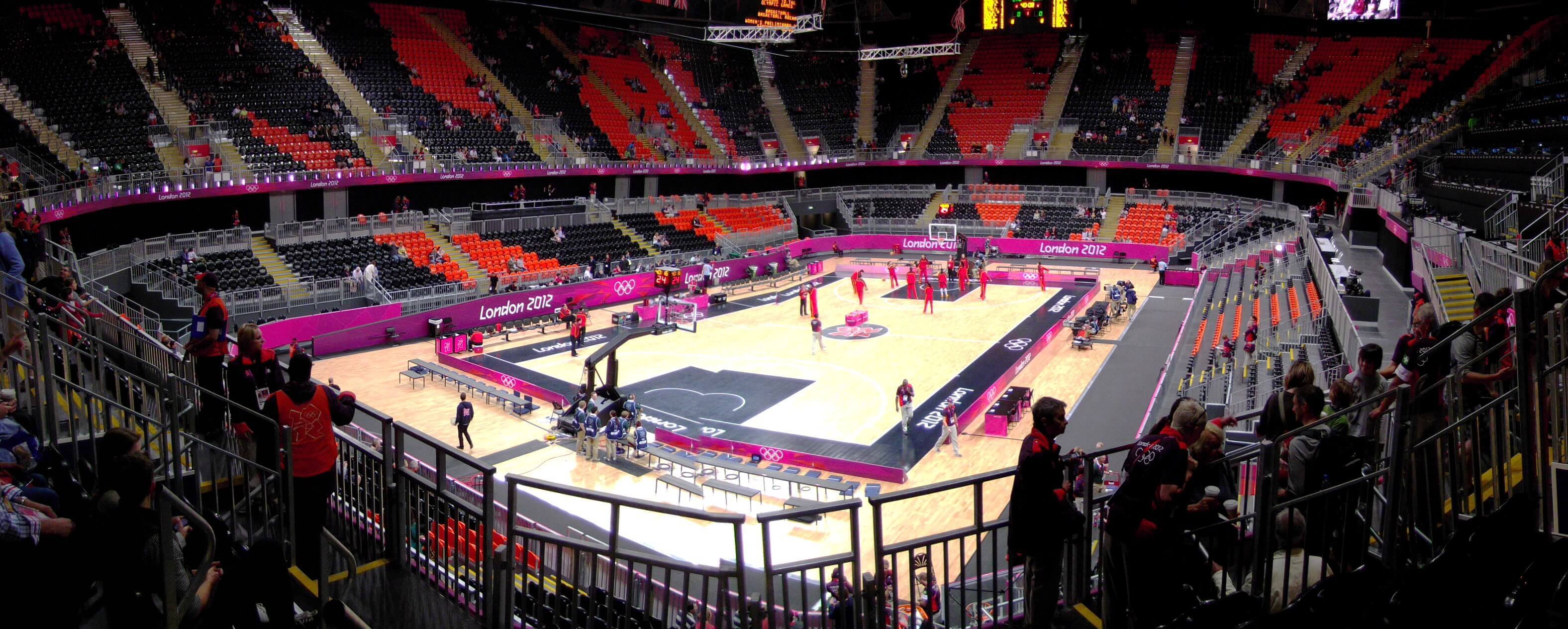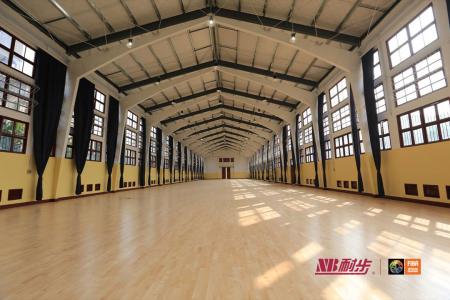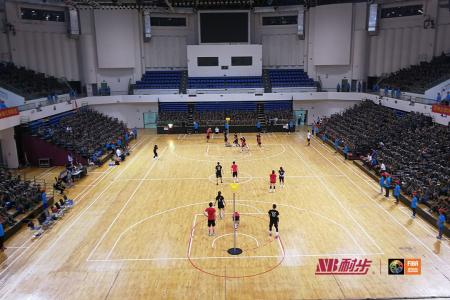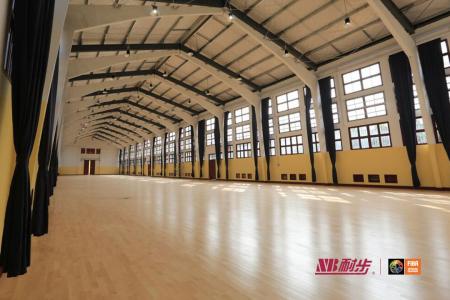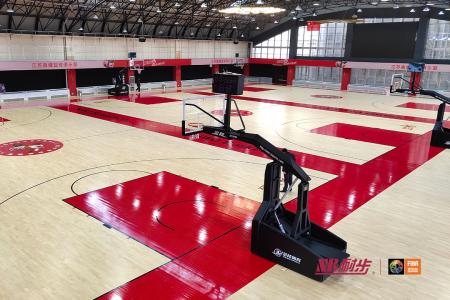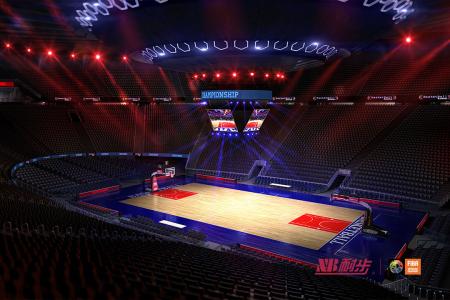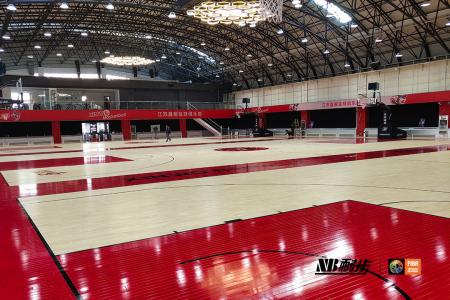Detailed explanation of the basis for classifying sports wood floors

In modern sports facilities In sports wood flooring, as an important component, its quality and performance directly affect the performance and safety of athletes. As market demand increases, the classification standards for sports wood flooring are gradually refined so that consumers can better choose products that suit their needs. This article will comprehensively analyze the classification basis of sports wood flooring and help you gain an in-depth understanding of this important topic.
1. The basic concept of sports wood flooring
Sports wood flooring refers to wooden floors specially designed for sports activities. It is mainly used for indoor sports venues such as basketball, volleyball, and badminton. Compared with ordinary wooden floors, sports wooden floors not only require good load-bearing capacity, but also provide appropriate elasticity and anti-slip properties to ensure the safety and comfort of athletes.
2. Classification standards for sports wood floors
The classification of sports wood floors is mainly based on the following aspects:
1. Source of materials
< p>The material of sports wood flooring directly affects its performance. Common materials are:- Solid wood: such as maple, oak, etc., which has excellent elasticity and wear resistance and is suitable for high-intensity sports activities. .
- Composite wood: It is composed of multiple layers of wood. Although the cost is low, its performance and stability are good, and it is suitable for some low-strength sports venues.
- Engineered wood: processed with new technology, has strong environmental adaptability, and is often used in multi-functional venues.
2. Thickness and structure
The thickness and structural design of sports wood flooring will affect its overall performance. Generally speaking, the thickness of sports wood flooring is between 18mm and 25mm, with thicker floors usually providing better cushioning and pressure resistance. In addition, the structural design of the floor is also crucial, and multi-layer structural designs are often used to improve stability and durability.
3. Surface treatment
The surface treatment of sports wood flooring not only affects the appearance, but is also directly related to the performance. Common surface treatment methods include:
-UV paint: It can effectively resist ultraviolet rays, extend the service life of the floor, and provide good anti-slip effect.
- Environmentally friendly coatings: Use environmentally friendly materials to reduce environmental pollution and are suitable for green venue construction.
4. Performance indicators
The performance indicators of sports wood flooring are an important basis for classifying grades, which mainly include the following aspects:
-Elasticity: Elasticity is An important performance indicator of sports wood flooring, appropriate elasticity can effectively slow down the impact of athletes and reduce the risk of injury.
- Anti-skid: The anti-skid performance of the ground is directly related to the stability of the athletes on the field, usually through the surfaceSurface texture and processing technology to achieve.
- Wear resistance: Wear resistance is the key to the service life of the floor. Choosing a floor with high wear-resistant materials can greatly extend the service life.
3. Classification of sports wood flooring
Based on the above standards, sports wood flooring is usually divided into multiple grades, and each grade has its specific use occasions and performance requirements. The following are common sports wood flooring grades:
1. International standard grade
In international standards, sports wood flooring is divided into multiple levels, usually including the following categories:
- First-class flooring: meets the requirements of international competitions and is suitable for professional competition venues. It is usually made of high-grade solid wood materials and has excellent elasticity, wear resistance and anti-slip properties.
- Secondary floor: suitable for medium-level competition and training venues, usually made of high-quality composite wood, with stable performance and high cost performance.
-Level 3 flooring: Mainly used in schools and community activity centers. Although its performance is relatively low, it can still meet general use needs.
2. National and regional standards
In addition to international standards, countries and regions also have their own sports wood flooring standards. For example, China's GB/T 20239 standard provides detailed regulations on the performance and testing methods of sports wood flooring to ensure the quality and safety of products on the market.
4. Purchasing Guide for Sports Wood Flooring
When choosing sports wood flooring, consumers should comprehensively consider the following aspects according to their own needs:
1. Usage occasions
Different usage occasions have different requirements for flooring. For example, professional athletic venues require high-grade floors, while schools and community activity venues can choose medium-grade floors to reduce costs.
2. Material selection
Choose appropriate materials based on budget and actual needs. Although high-grade solid wood is more expensive, it has obvious advantages in performance and durability.
3. Performance indicators
When purchasing, you should check the performance indicators of the product, including elasticity, anti-skid and wear resistance, etc., to ensure that it meets the usage requirements.
4. Brand credibility
It is usually more secure to choose sports wood flooring products from well-known brands because these brands have better quality control and after-sales service.
5. Maintenance and maintenance of sports wood flooring
The maintenance and maintenance of sports wood flooring directly affects its service life and performance. The following are some common maintenance suggestions:
1. Regular cleaning
Keeping the floor clean is an important part of maintenance. Clean it regularly with professional cleaning tools and detergents to avoid the accumulation of dust and dirt.
2. Moisture-proof and waterproof
Wooden floors are more sensitive to moisture. The environment under the floor should be checked regularly to avoid moisture intrusion causing wood expansion and deformation.
3. Regular inspection
Regularly check the wear and tear of the floor, repair cracks and damage in time, and prevent small problems from turning into major hidden dangers.
4. Regular waxing
Proper waxing can effectively protect the floor surface, improve its wear resistance and gloss, and extend its service life.
6. Market Trend of Sports Wood Flooring
As people pay more attention to health and sports, the sports wood flooring market shows a continued growth trend. In the future, the technology and materials of sports wood flooring will continue to be upgraded, and environmental protection and sustainability will become the main development direction. Intelligent and green will become the key words of the sports wood flooring industry, driving the industry to develop to a higher level.
Summary
The classification of sports wood flooring involves many aspects, including material source, thickness structure, surface treatment and performance indicators. Understanding this knowledge will not only help consumers make more informed choices, but also promote the healthy development of the entire industry. In the future, we look forward to seeing more high-quality sports wood flooring products appear on the market to provide a better experience for sports enthusiasts.

